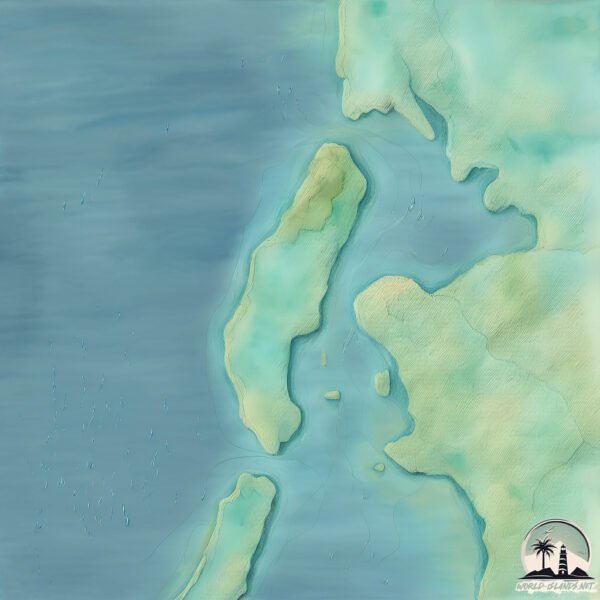Njao

Welcome to Njao, a Tropical island in the Indian Ocean, part of the majestic Indian Ocean. This guide offers a comprehensive overview of what makes Njao unique – from its geography and climate to its population, infrastructure, and beyond. Dive into the details:
- Geography and Size: Explore the island’s size and location.
- Climate and Weather: Weather patterns and temperature.
- Topography and Nature: Uncover the natural wonders of the island.
- Infrastructure and Travelling: Insights on reaching, staying, and making the most of your visit.
- News and Headlines: Latest News.
Geography and size of Njao
Size: 5.159 km²
Coastline: 13.6 km
Ocean: Indian Ocean
Sea: Indian Ocean
Continent: Africa
Njao is a Small Island spanning 5.2 km² with a coastline of 13.6 km.
Archipel: –
Tectonic Plate: South Bismarck – Located north of New Guinea and east of the North Bismarck Plate, involved in complex interactions with the Pacific Plate, contributing to the region’s seismicity.
The geographic heart of the island is pinpointed at these coordinates:
Latitude: -4.98152806 / Longitude: 39.66663444
Climate and weather of Njao
Climate Zone: Tropical
Climate Details: Tropical Monsoon Climate
Temperature: Hot
Climate Characteristics: Characterized by heavy rainfall, high humidity, and uniformly high temperatures, but with a distinct short dry season. It features a seasonal reversal of prevailing wind directions.
Topography and nature of Njao
Timezone: UTC+03:00
Timezone places: Asia/Riyadh
Max. Elevation: -2 m
Mean Elevation: -8 m
Vegetation: Evergreen Broadleaf Forest
Tree Coverage: 80%
The mean elevation is -8 m. Remarkably, this unique island barely emerges above the sea level, showcasing nature’s fascinating interplay with the ocean. The island is characterized by Plains: Flat, low-lying lands characterized by a maximum elevation of up to 200 meters. On islands, plains are typically coastal lowlands or central flat areas.
Dominating Vegetation: Evergreen Broadleaf Forest
Characterized by dense, lush canopies of broadleaf trees that retain their leaves year-round. These forests are typically found in tropical and subtropical regions and are known for their high biodiversity. Njao has a tree cover of 80 %.
Vegetation: 2 vegetation zones – Low Diversity Island
Islands with two distinct vegetation zones offer slightly more ecological variety. These zones could be due to differences in elevation, moisture, or other environmental factors. While still limited in biodiversity, these islands may offer a contrast between the two zones, such as a coastline with mangroves and an inland area with grassland.
Infrastructure and Travelling to Njao
Does the island have a public airport? no.
There is no public and scheduled airport on Njao. The nearest airport is Tanga Airport, located 66 km away.
Does the island have a major port? no.
There are no major ports on Njao. The closest major port is CHAKE CHAKE, approximately 29 km away.
The mean population of Njao is 147 per km². Njao is Moderately Inhabited. The island belongs to United Republic of Tanzania.
Continuing your journey, Pemba is the next notable island, situated merely km away.
Wete (Gando) & Njao Island..| Domestic Tourism



United Republic of Tanzania is classified as Least developed region: Countries that exhibit the lowest indicators of socioeconomic development, with the lowest Human Development Index ratings. The level of income is Low income.
News – Latest Updates and Headlines from Njao
Stay informed with the most recent news and important headlines from Njao. Here’s a roundup of the latest developments.
Please note: The data used here has been primarily extracted from satellite readings. Deviations from exact values may occur, particularly regarding the height of elevations and population density. Land area and coastline measurements refer to average values at mean high tide.
